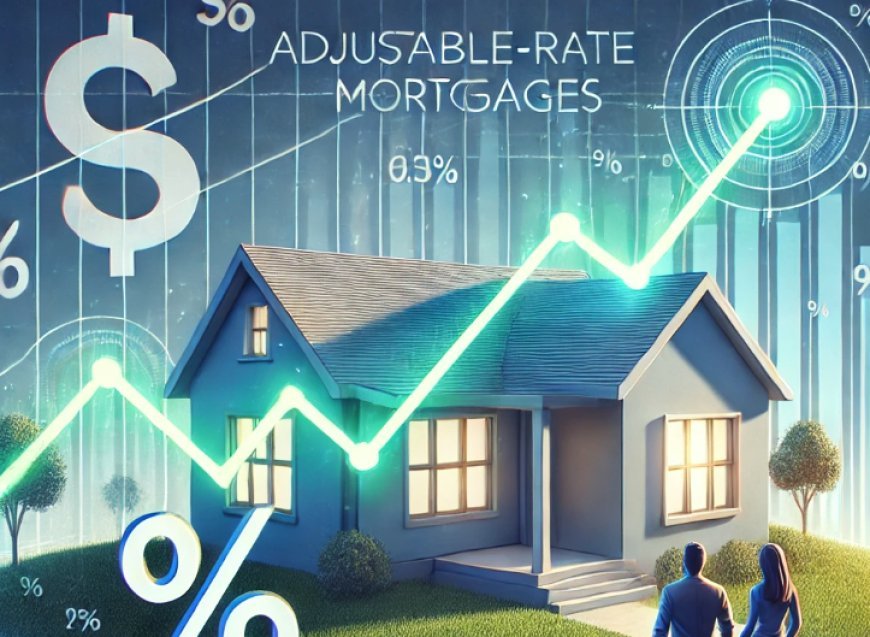What is the difference between fixed-rate and adjustable-rate mortgages?
Discover the key differences between fixed-rate and adjustable-rate mortgages, and learn which option is best for your financial goals. Make an informed decision today!

Understanding the Difference Between Fixed-Rate and Adjustable-Rate Mortgages
When it comes to securing a mortgage, one of the most critical decisions you’ll make is choosing between a fixed-rate mortgage (FRM) and an adjustable-rate mortgage (ARM). Both options have their unique advantages and drawbacks, and understanding the differences can help you make an informed decision tailored to your financial goals.
What is a Fixed-Rate Mortgage?
A fixed-rate mortgage is a loan where the interest rate remains constant throughout the entire loan term, typically 15, 20, or 30 years. This means your monthly principal and interest payments stay the same, providing stability and predictability.
Key Features:
- Stability: Your payments won’t fluctuate, making budgeting easier.
- Long-Term Planning: Ideal for homeowners who plan to stay in their homes for many years.
- Higher Initial Rates: Fixed-rate mortgages often start with slightly higher interest rates compared to ARMs.
What is an Adjustable-Rate Mortgage?
An adjustable-rate mortgage, on the other hand, has an interest rate that can change periodically based on a specific financial index. ARMs typically start with a lower introductory rate for a set period (e.g., 5, 7, or 10 years), after which the rate adjusts at regular intervals.
Key Features:
- Lower Initial Rates: ARMs often begin with lower rates, making them attractive for short-term homeowners.
- Rate Adjustments: After the introductory period, rates can increase or decrease, leading to fluctuating monthly payments.
- Caps and Limits: Most ARMs have rate caps to limit how much the interest rate can rise during each adjustment period and over the life of the loan.
Key Differences Between Fixed-Rate and Adjustable-Rate Mortgages
| Aspect | Fixed-Rate Mortgage | Adjustable-Rate Mortgage |
|---|---|---|
| Interest Rate | Remains constant | Can fluctuate over time |
| Monthly Payments | Stable and predictable | Can increase or decrease |
| Initial Rates | Higher | Lower |
| Best For | Long-term homeowners | Short-term homeowners or those expecting to refinance |
| Risk Level | Low | Higher due to potential rate increases |
Which One Should You Choose?
The choice between a fixed-rate and adjustable-rate mortgage depends on your financial situation, risk tolerance, and long-term plans.
-
Choose a Fixed-Rate Mortgage if:
- You value stability and predictability.
- You plan to stay in your home for many years.
- You want to lock in a low rate during periods of historically low interest rates.
-
Choose an Adjustable-Rate Mortgage if:
- You plan to sell or refinance before the introductory period ends.
- You’re comfortable with the possibility of rising payments.
- You want to take advantage of lower initial rates.
- For more insights on financial planning, visit www.variant.news.
- Explore real estate trends at www.varient.news/real-estate.
Sources
- Consumer Financial Protection Bureau (CFPB)
- U.S. Department of Housing and Urban Development (HUD)
- Investopedia
- Bankrate
By understanding the nuances of fixed-rate and adjustable-rate mortgages, you can confidently choose the option that aligns with your financial goals and lifestyle.
What's Your Reaction?
 Like
1
Like
1
 Dislike
0
Dislike
0
 Love
0
Love
0
 Funny
0
Funny
0
 Angry
0
Angry
0
 Sad
0
Sad
0
 Wow
0
Wow
0























































